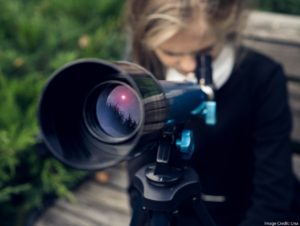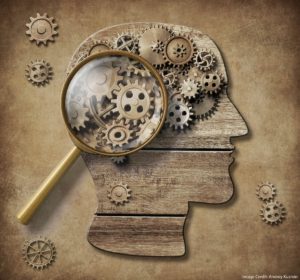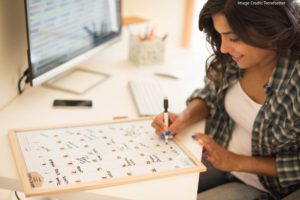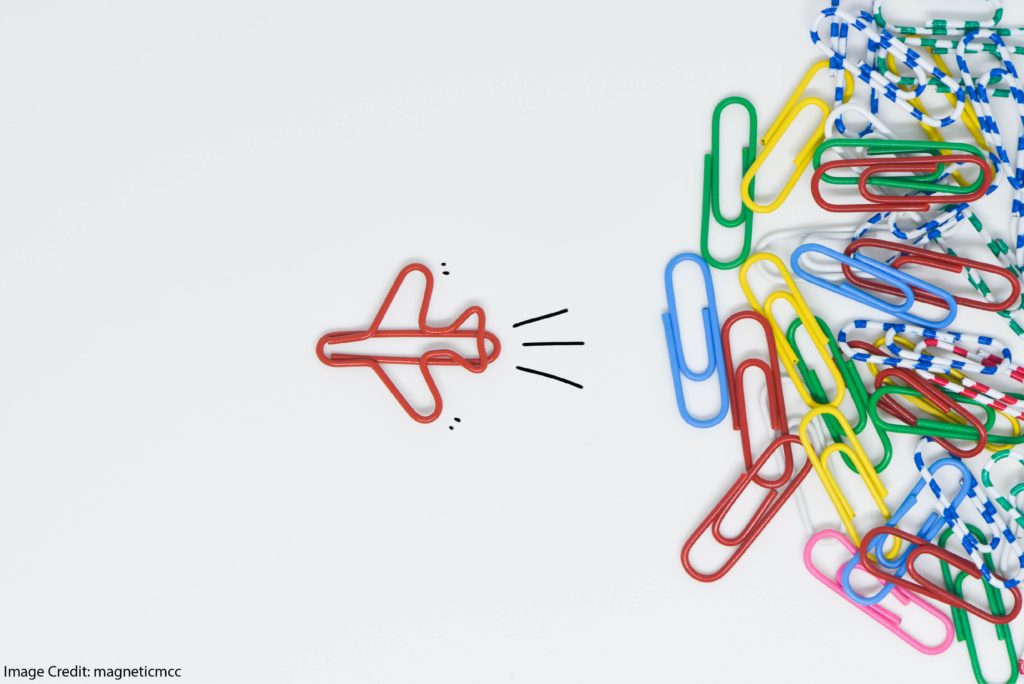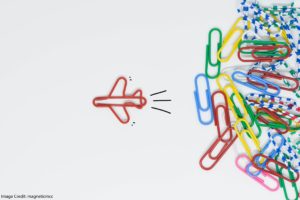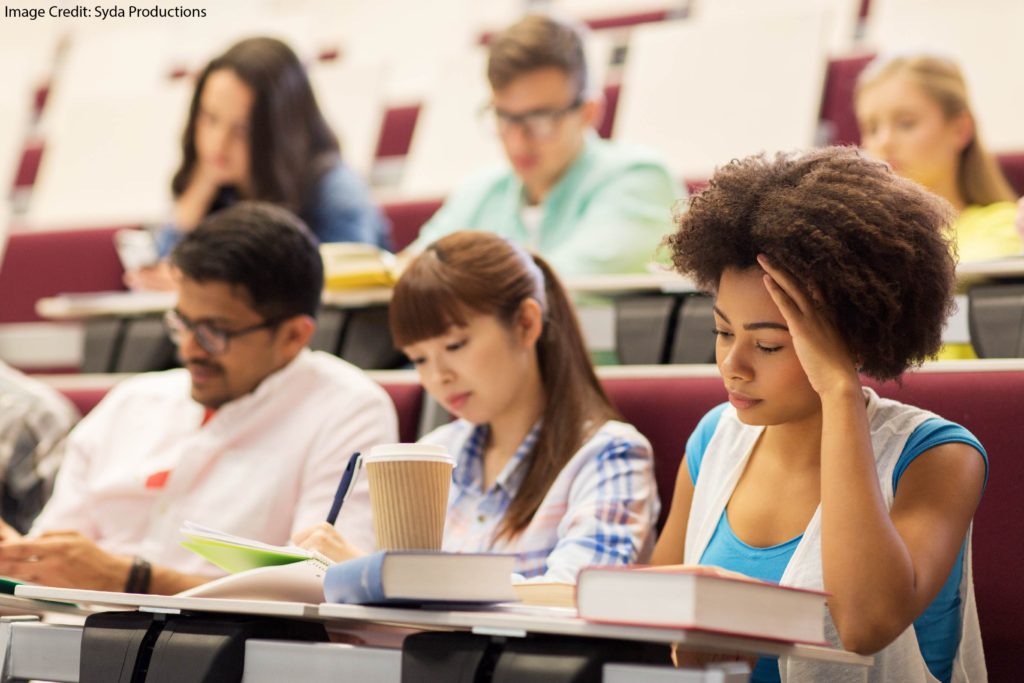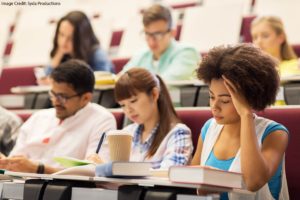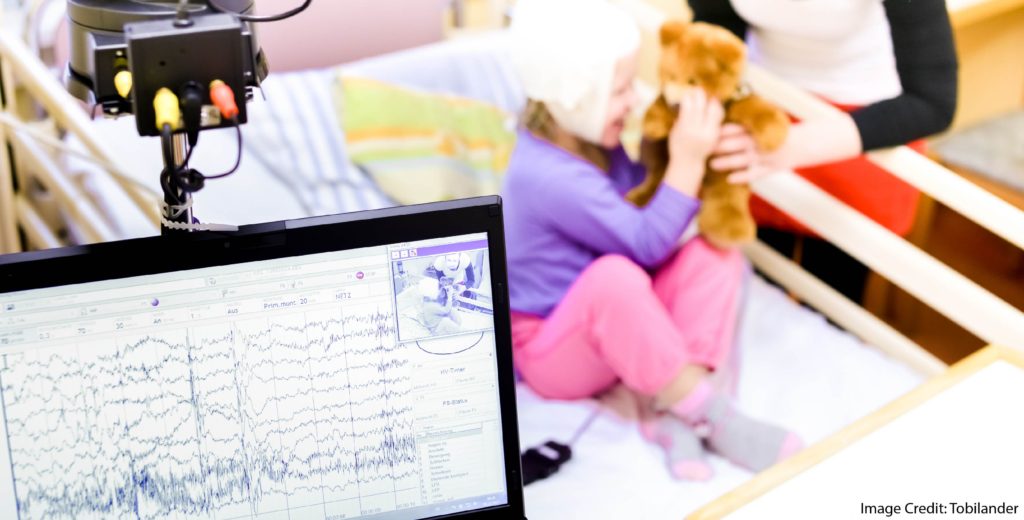If you’re reading this blog you already know: brain researchers can offer fascinating and practical advice to improve teaching and schooling.
There’s SO MUCH good advice, you might want to make lots of changes right away to get all those benefits.
Before you do that, let me offer two suggestions.
First: Take Incremental Steps
I worked with a school where the math department dramatically overhauled its entire program, with research guidance along the way.
The department adopted an inquiry based pedagogical model. And, it developed a syllabus designed to space and interleave practice. And it championed a group-work approach. And, to help students manage math anxiety, it adopted a mindful meditation program. And it incorporated lots of exciting technology.
The results: not good. By every measure, the students didn’t learn as much math. (In some cases, the results were quite alarming.) And: stress levels among teachers and students went up considerably.
Here’s the vexing point: the teachers didn’t know what to do next, because they didn’t know which of the changes they made created the problem.
Should they go back to direct instruction? Should they return to the traditional syllabus? Give up on group work and stop mindfulness breaks? Return all the iPads?
Because the grand combination of changes had produced those bad results, teachers didn’t know which one piece (or combination of pieces) to undo.
Potential solution: make one change at a time. Get a good measure of its success or failure before you add the next.
Second: Define Success and Failure in Advance
When we put lots of effort into a new project, we’re naturally inclined root for its success. In fact, we’re inclined to exaggerate its success.
For example: if I commit to a systematic program of retrieval practice with my students, I’m likely to see its benefits. And: to overlook its shortcomings.
To compensate for these natural blind spots, I think, we should define success and failure before we make the changes.
For instance, I might decide that all my retrieval practice work is succeeding if class averages on weekly vocabulary quizzes go up by 5%. It’s failing if that average falls by 5%. Any result in between is inconclusive noise.
(No doubt, what you measure and how you measure it will differ considerably from this hypothetical.)
At the end of the following term, I can check out my class averages, and have a plausible measurement of the results.
When I calculate those averages, I will hope that all my work paid off in more vocabulary learning. But I’ll be less tempted to overhype success — “look, they’ve having so much more fun!” — if cold data throw water on my enthusiasm.
And, that cold water will be all the more bracing if I myself decided on that measurement — well before the experiment even began.
To Sum Up
We should indeed make changes to schools based on psychology and neuroscience research.
To ensure those changes produce the most benefit, we should introduce them at a reasonable pace.
And: we should know before we start how to define success.
 About Andrew Watson
About Andrew Watson 

